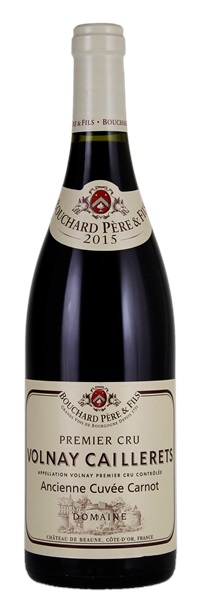Estimate

Smoky cherry, spice and toast notes lead off in this firm and sinewy red, with black cherry, violet, blood orange and chalky mineral flavors underneath. This has terrific energy and fine length, just needs time to integrate.
Black cherry, dark chocolate, menthol, licorice and minerals. Plush, concentrated and stuffed with extract, with dark cherry, spice, licorice and flinty mineral flavors giving this savory wine excellent energy in the context of the year.
Menthol, cassis, spice and essence of black cherry liqueur-suffused nose. There is a beguiling texture to the vibrant, detailed and intensely mineral-driven medium weight flavors that coat the palate with dry extract